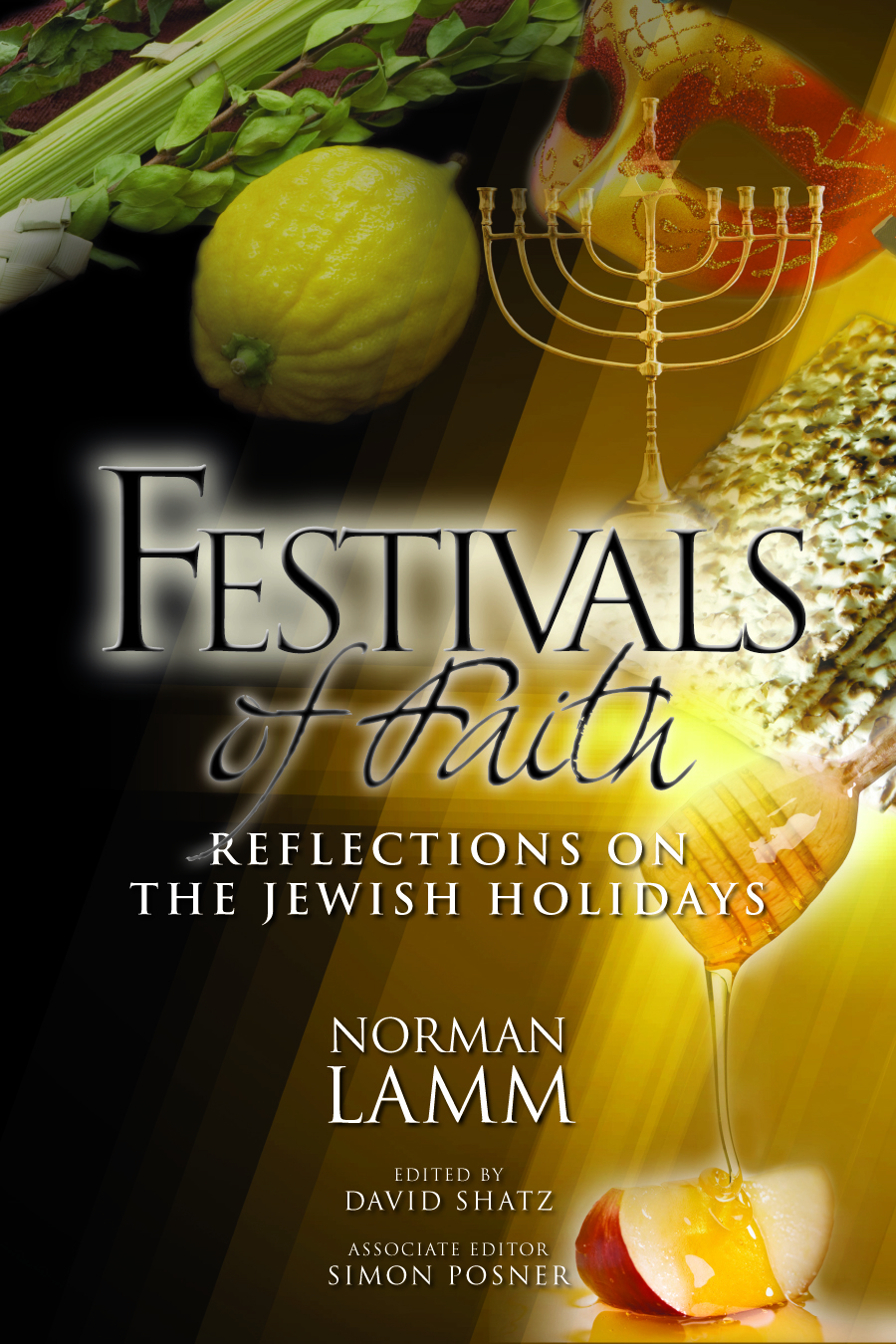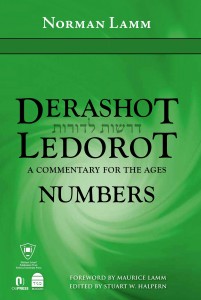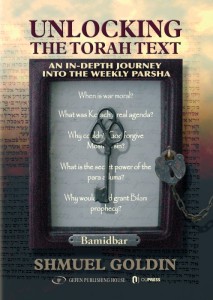
Excerpted from Rabbi Dr. Norman J. Lamm’s Festivals of Faith: Reflections on the Jewish Holidays

The Shema, the most celebrated and significant passage in all of Jewish literature, is one that we are required to pronounce twice every day. Yom Kippur is, of course, no exception. Yet those who are observant will have noticed that there is one slight difference between our recital of the Shema during the rest of the year and our reading of it on this holy day. Every other day of the year, we say, Shema Yisra’el Hashem Elokeinu Hashem ehad, “Hear, O Israel, the Lord is our God, the Lord is One.” And then, before the passage beginning Ve-ahavta— thou shalt love the Lord thy God with all thy heart and all thy soul and all thy might,” we recite be-lahash, in a soft undertone or whisper, the line Barukh shem kevod malkhuto le-olam va-ed, “Blessed be the name of God’s glorious kingdom forever and ever.” On Yom Kippur, however, we do not confine ourselves to whispering the line Barukh shem kevod. Instead, we recite it be-kol ram, in a loud voice: “Blessed be the name of His glorious kingdom forever and ever.”
Why this difference? Why on Yom Kippur do we give such loud and clear expression to a sentence which we otherwise whisper in the most subdued tones?
The answer I propose to you today is, I believe, one that has a real, relevant, and terribly important message for each of us. It goes back to the two sources of the Shema in the Jewish tradition.
The first source of the Shema is well known to us. It occurs in the Bible, and consists of the words spoken by Moses to his people, Israel, in one of his very last discourses with them. Hear, my people Israel, he tells them, there is only one God in the world. And he then immediately proceeds to tell them, Veahavta, you shall love this God with all your heart and soul and might. Moses did not mention the words Barukh shem kevod malkhuto le-olam va-ed. They are not at all recorded in the Bible.
The second source is in the aggadic tradition of our people, and here the Shema is presented in a completely different setting. Our Sages relate a most interesting and moving scene (see Pesahim 56a and Midrash Aggadah [Buber ed.] Devarim 6). The Patriarch Jacob, whose name is also Israel, is on his deathbed. His twelve sons surround him, ready to bid farewell to their aged father as he is about to depart from this earth. It is a tender scene—but a disturbing one. For Jacob, or Israel, is not dying peacefully. He is tossing and turning restlessly. His face seems troubled, distraught. There is something on his mind that will not let him rest, that will not let him go down peacefully into his grave. “What troubles you, father?” the children ask. “What is it that causes you all this mental pain and anguish?” Jacob’s answer is straightforward. “My grandfather Abraham died leaving a good son—Isaac; but he also left a son by the name of Ishmael, who was a disgrace to him, a blot on his name. My father Isaac had two sons. I have followed in his ways; but he also left a son Esau, whose whole career did violence to all our father stood for and lived for. Now that I am about to die, I am worried—shema yesh pesul be-mittati. Perhaps I too am leaving a child who will rebel against God, who will offend all I have lived and died for.” When the twelve sons of Jacob, called Israel, heard what was troubling their father on his deathbed, they answered as in one voice and cried out, “Shema Yisra’el—hear, O Father Israel, Hashem Elokeinu Hashem ehad, the Lord you have served all your life, He is our God; the tradition you inherited and bequeathed to us is the one we shall live by and hand over to our children; we shall never leave your ways or abandon the Lord God in whose service you reared us, for the Lord is One!” When Israel—Jacob—heard this affirmation of his faith by all his children, when he realized that he would leave no pesul be-mitato, no unworthy issue behind him, that he would be able to die in peace and in serenity, he called out in deep gratitude: Barukh shem kevod malkhuto le-olam va-ed, “Blessed be the name of His glorious kingdom forever and ever.”
This, then, is the second source of the Shema. And it is this source of the Shema where we do find mention of the passage Barukh shem kevod.
What is the difference between these two versions of the origin of Shema Yisra’el? The Shema of Moses is a command to a nation; that of Jacob’s children is a promise to a father. Moses’ Shema is a theological proposition; that of Jacob’s sons is a personal commitment. The first Shema is a declaration of ideology; the second is that which cements and unites a family. Moses recognized only one father—the Father in Heaven. Jacob’s sons realized that the sense of duty toward the Heavenly Father came from a sense of obligation and love for their earthly father, Israel. While the Shema of Moses is intellectual, a structure of the mind, that of Jacob’s sons is emotional and sentimental, stirring them to the very core of their being. In the Shema of Moses, the emphasis is on Hashem ehad, the Lord is One; in the Shema of the children of Father Israel, the stress is placed upon Hashem Elokeinu, the Lord is our God—the tradition will be continued, my father’s faith will not die with him. Moses’ Shema does not require a response; that of Jacob’s children intuitively evokes the joyous, even rapturous reaction of “thank God”—Barukh shem kevod malkhuto le-olam va-ed.
All year long we pronounce the verse Barukh shem kevod softly, only be-lahash, in a whisper. During the year, it is the Shema of Moses that predominates, the Shema of the intellect, the ideological Shema which does not evoke any response of Barukh shem kevod. But on Yom Kippur, we abandon the Shema of Moses in favor of that of the sons of Israel. On the holiest day of the year, we are not satisfied with intellectual abstractions, with theological formulations. Today we rise and with full voice, be-kol ram, we proclaim for all the world to hear: “Shema Yisra’el, Hear father, hear mother, wherever you may be today, Hashem Elokeinu, your God is my God. No matter that sometimes I seem to have strayed from the path onto which you guided me, that I often seem to have abandoned your heritage and forsaken your faith and neglected the richness and beauty of the Jewish tradition you passed on to me—today I promise you, father, that Hashem Elokeinu, your faith is my faith, your tradition is my tradition, your God is my God, your Torah is my Torah.” Hashem ehad—this is the one Torah for which generations have lived and even given their lives, the One God whose overriding claim on our loyalties has been acknowledged by Jews throughout the ages. On Yom Kippur we return to our Father in Heaven via our fathers whom we respected and our mothers whom we loved on earth. This day our Shema must be more than a profession of faith; it must become a confession of fidelity, a declaration of loyalty. Kol Nidre may effectively release us from all personal vows and annul all oaths; but there is one promise, one commitment, too great and too deep, too terrible and too magnificent ever to be abrogated. It is the oath of Shema Yisra’el—Father, hear me now: your Lord is my God, the One God.
On this holy day, as we recall the memory of revered fathers and sweet, beloved mothers, it seems to me as if they and their parents, and all the generations who labored to bring us forth, stand breathlessly awaiting our move. I can see agony written across their foreheads and the pain of suspense in their eyes: shema yesh pesul be-mittati. Perhaps my children will forget me, my spirit, all I lived for and lived with. Perhaps in that strange new world called the space age they will ignore their responsibility to time, to their Jewish past and future; they will cut all ties to us and our Torah and tradition in favor of the glittering superficialities of their world. Perhaps their indifference to Torah will reflect disgrace and shame upon me. At this time, it becomes the duty of each of us to reassure them, so to speak, to make a promise to the past that we shall not forsake the future. We must say Shema Yisra’el not only as Moses said it, but with the intimacy, the personal fervor, the love and undying affection that Israel’s children said it to him. What greater Yizkor can there be: What greater memorial can anyone erect for his parents than to declare to them that there is something imperishable that has survived them in us! When we can say Shema in that way, with that deep love and emotion, then all our past arises as one to respond to our words: Barukh shem kevod malkhuto, blessed be the name of God’s glorious kingdom, not only for one year or one decade or one generation, but le-olam va-ed, forever and ever; for if such is the depth of a son’s and daughter’s loyalty, then the future of Torah, of Judaism, is assured. Thank God!
The full excerpt can be found in Rabbi Norman Lamm’s Festivals of Faith: Reflections on the Jewish Holidays





